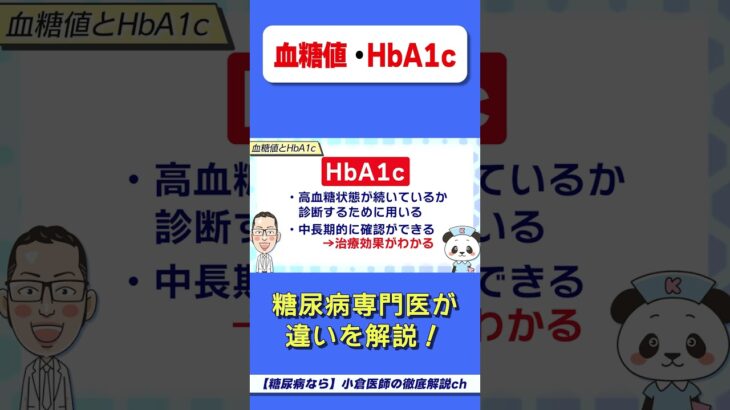1.Infection: The hyperglycemic state in diabetic patients promotes the growth and proliferation of bacteria within the body, while also suppressing the ability of white blood cells to phagocytize bacteria, leading to a decreased ability to fight infections. Common infections include urinary tract infections, respiratory tract infections, and skin infections.
2.Diabetic ketoacidosis: Diabetic ketoacidosis primarily occurs in untreated, interrupted treatment, or in the presence of stress situations in insulin-dependent diabetes. Due to a severe lack of insulin in diabetic patients, the breakdown of fats is accelerated, generating a large amount of fatty acids. A significant amount of these fatty acids enter the liver for oxidation, and the intermediate metabolic products, ketone bodies, are significantly elevated in the blood, while the utilization of ketone bodies by extrahepatic tissues is greatly reduced, leading to hyperketonemia and ketonuria. As ketone bodies are acidic substances, this leads to metabolic acidosis within the body.
3.Diabetic nephropathy: Also known as diabetic glomerulosclerosis, it is a common and difficult-to-treat microvascular complication of diabetes and is one of the leading causes of death in diabetic patients.
4.Cardiovascular disease: Diabetic patients have a 2-3 times higher risk of developing coronary heart disease compared to non-diabetic individuals. Common manifestations include cardiac enlargement, heart failure, arrhythmia, angina, and myocardial infarction.
5.Neuropathy: Under hyperglycemic conditions, nerve cells and nerve fibers are prone to developing lesions. Clinical manifestations include spontaneous pain, numbness, and reduced sensation in the extremities. Some patients may also experience localized muscle weakness, muscle atrophy, and autonomic nervous system dysfunction, leading to symptoms such as diarrhea, constipation, urinary retention, and impotence.
6.Ophthalmological complications: After more than 10 years of diabetes, the majority of patients develop varying degrees of retinopathy. Common ocular complications include iritis, glaucoma, and cataracts.
7.Diabetic foot: Due to peripheral neuropathy, poor lower limb blood supply, and bacterial infections, diabetic patients may develop foot pain, ulcers, and gangrene, collectively known as diabetic foot.
1、感染:糖尿病病人的高血糖状态有利于细菌在体内生长繁殖,同时高血糖状态也抑制白细胞吞噬细菌的能力,使病人的抗感染能力下降。常见的有泌尿道感染、呼吸道感染、皮肤感染等。
2、酮症酸中毒:糖尿病酮症酸中毒多发生于胰岛素依赖型糖尿病未经治疗、治疗中断或存在应激情况时。糖尿病病人胰岛素严重不足,脂肪分解加速,生成大量脂肪酸。大量脂肪酸进入肝脏氧化,其中间代谢产物酮体在血中的浓度显著升高,而肝外组织对酮体的利用大大减少,导致高酮体血症和尿酮体。由于酮体是酸性物质,致使体内发生代谢性酸中毒。
3、糖尿病肾病:也称糖尿病肾小球硬化症,是糖尿病常见而难治的微血管并发症,为糖尿病的主要死因之一。
4、心脏病变:糖尿病人发生冠心病的机会是非糖尿病病人的2~3倍,常见的有心脏扩大、心力衰竭、心律失常、心绞痛、心肌梗塞等。
5、神经病变:在高血糖状态下,神经细胞、神经纤维易产生病变。临床表现为四肢自发性疼痛、麻木感、感觉减退。个别患者出现局部肌无力、肌萎缩。植物神经功能紊乱则表现为腹泻、便秘、尿潴留、阳痿等。
6、眼部病变:糖尿病病程超过10年,大部分病人合并不同程度的视网膜病变。常见的病变有虹膜炎、青光眼、白内障等。
7、糖尿病足:糖尿病病人因末梢神经病变,下肢供血不足及细菌感染引起足部疼痛、溃疡、肢端坏疽等病变,统称为糖尿病足。
中西整合醫學楊偉林教授 William Young L.Ac. FNAAOM
Tel:718-321-0580 917-770-6228 www.Allergyremove.com
更多其他精彩話題內容:
https://www.notion.so/7023b7b2cd5d4f5082c4aa7fb0fdcd1a?v=d4926f105c56473cbc55a3abe991aeac&pvs=4
https://scalloped-capybara-acc.notion.site/Health-Today-718e21949e6245e9b2e4d0acc93ed0e4






